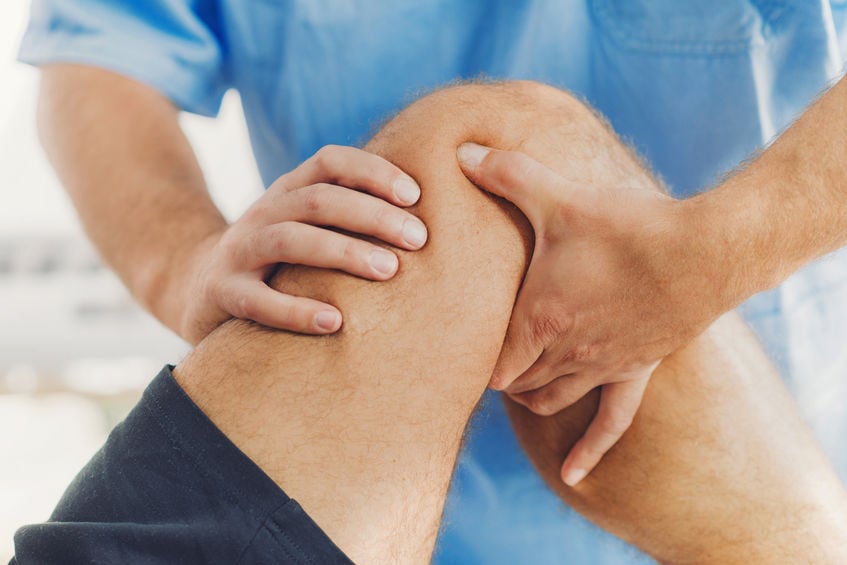How To Improve Your Flexibility And Perform Primal Squats
Squats are one of the best functional exercises to strengthen the legs and reduce the risk of injury from a sedentary lifestyle. Over time, the lack of practicing the squat form can result in weaker muscles, poor balance, and flexibility. People with flexibility issues can learn to perform squats without needing surgical intervention. However, consulting with an orthopedic surgeon can help improve severe range of motion issues.
What is a primal squat?
Squats are strength exercises that engage upper and lower body muscles, including the calves, hip flexors, adductors, hamstrings, quadriceps, and buttocks. A primal squat, also known as a deep squat, is a strength exercise where a person starts standing, lowers the hips below the knees, and maintains both feet flat on the ground.
Benefits of doing primal squats
Regular performance is an excellent mobility exercise that can strengthen the core and leg muscles to make everyday tasks such as walking, going upstairs, or carrying heavy items easier. When muscles in the lower body are strengthened, the risk of injury is significantly reduced.
How to perform a primal squat
A primal squat begins with feet shoulder-width apart, toes straight, and feet flat on the ground. A person should squat down from the standing position as if sitting down. The ankles, knees, and hips will bend simultaneously while keeping the spine straight.
Throughout the movement, the feet should remain flat on the floor. When a person is down at the deepest squat, the pelvis must stay neutral. The hips will be below the knees, and the knees will be aligned with the feet.
Why am I struggling to squat?
Human bodies are naturally designed to squat, but the body can get weaker and stiffer over time due to a sedentary lifestyle. Weak muscles and poor balance are the most common reasons people can’t perform a primal squat. People commonly can’t perform primal squats due to poor ankle mobility, tight hip flexors, knee pain, and poor balance.
Signs to talk to an orthopedic doctor
An orthopedic doctor can diagnose and treat musculoskeletal issues, including injuries with joints, bones, ligaments, muscles, and tendons. Stretches can help improve flexibility, but people may need guidance from an orthopedic doctor in some cases.
Here are a few reasons to speak with an orthopedic doctor:
- Can’t perform everyday activities
- Experiencing chronic pain
- Reduced range of motion
- Weakness or numbness in the extremities
- Slow-healing injury
At the appointment, an orthopedic doctor will examine a patient’s previous medical history and perform various simple physical tests to determine the severity of the injury. X-rays and MRIs can help doctors understand the condition of the damage and develop a proper treatment plan.
Overcoming flexibility issues
Many people do not have the flexibility to perform squats correctly, let alone other primal exercises. Improving hip and ankle flexibility and mobility is the best way to achieve the proper squat form. Practicing ankle and hip stretches can help improve range of motion and make tight muscles, tendons, and ligaments more flexible.



